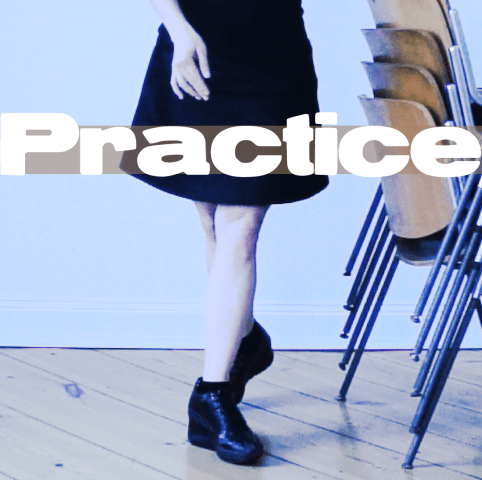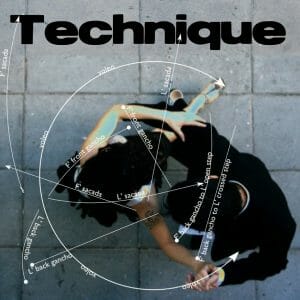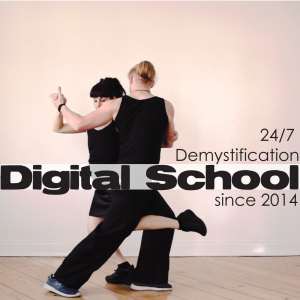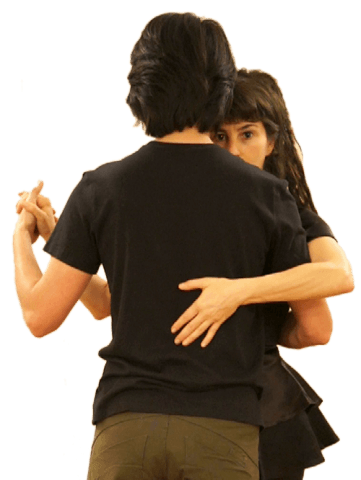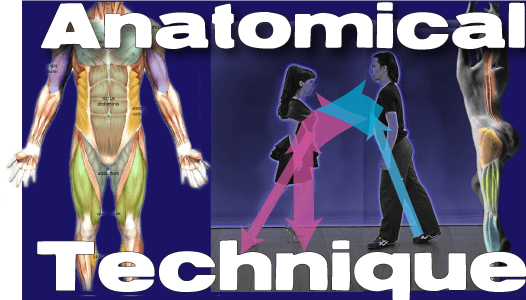
For the last several years, we have been eliminating metaphors and subjective experiential descriptions in favor of scientific terminology from anatomy and biomechanics.
Objective terminology empowers students to research and study on their own, and to access the expertise of physiotherapists and exercise professionals to augment their tango development.
Every claim has been verified by experts of biomechanics, including Michael Chang of the University of Sydney Department of Exercise and Sport Science and Excerise Physiologist M.Sc Brendan Roach, owner of BodyLab.
The terminology
- Flexion describes bending movement that decreases the angle between two parts.
- Extension is the opposite of flexion, describing a straightening movement that increases the angle between body parts.
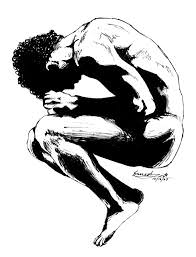
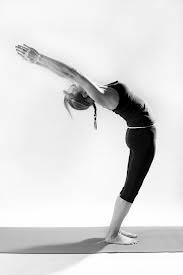
Internal and external rotation:
- internal rotation is rotation towards the center of the body.
- external rotation is rotation away from the center of the body.
Muscle action
- Contraction: Muscles create power and do work by contracting. We can learn to command these contractions.
- Stretch reflex is how we create elasticity, by stretching muscles of the sending leg until they react.
- Co-contraction is simultaneous contraction of paired muscles. Co-contraction of the hamstrings and quadriceps is used to create extra power and stability, elasticity, and to send extra power through the revel’s body to create voleo and gancho. In blocking contra movements we use co-contraction of biceps and triceps.
All muscles work in pairs and chains. We have identified the most important muscles for activating chains. To develop awareness and control of your muscles and their uses in tango, visit the Muscles and Exercises Page.


